
Follow @i_libros 
A Brief History and Summary (520BC-85AD) 
The Mount of Olives history is only a brief summary helping us to think differently about Olives as well as the Mount of Olives and other things, too.
As we have already learned, the Mount of Olives is actually a series of four hills, two of them being situated directly east of the Temple Mount (a "sabbath day's journey" - the distance of no more than 1/2 to 3/5ths of a mile) rising up from the Kidron Valley. The sacred Temple Mount (Mount Moriah) is where Abraham took Isaac as the LORD God directed him, testing his faith in action (2000BC). Here Abraham professed to his servants that he and his son would "go yonder and worship, and [they would] come again to [them]". In Genesis 22, we learn that instead of offering his only son, GOD commanded Abraham to stay his hand declaring, "Now, I know that you fear GOD and will withhold nothing from Me" and provided a ram caught in the nearby thicket.
Located between the Temple Mount and Mount of Olives is an piece of real estate that includes both the Kidron Valley where King David fled from his son Absolom and the Garden of Gethsemane - significant places not only in past Biblical history, but also a future location of momentous events.
Jerusalem, called the “spiritual capital of the world”; for what it is worth... the United Nation’s resolution of 1947 adjudged it an international holy city. To students of the Bible, it is sacred to the three leading monotheistic faiths – Judaism, Islam and Christianity.
Jerusalem is located 33 miles east of the Mediterranean Sea and 14 miles west of the most northern part of the Dead Sea. The old City is built on top of a hill, the oldest part of the Temple is built on Mount Moriah (about 2,500 feet above sea level), the place where Abraham was willing to offer his son Isaac to the LORD God in faith. The highest point of the Mount of Olives rises approximately 2,800 feet above sea level—300 feet higher than the Temple area.
After the end of World War I which concluded the Ottoman rule in Palestine, the League of Nations mandated Great Britain caretaker over the region for the next 30 years. This term was complete in 1948 when Arab and Jewish forces fought to a standstill until the Six-Day war in June 1967 united the Holy City. The ancient capitals of Tyre, Thebes, Nineveh, and Babylon (60 miles south of Baghdad, Iraq) have laid in ruins for 1000s of years; yet Jerusalem survives as a commercial and political center as well as a museum of past promises and future hopes.
The Walls of Jerusalem
Sitting on the Mount of Olives, one is able to see all the Walls which surround the Temple complex. The current wall construction is by Suleiman, built in 1542 AD. The East Gate, called by various names including the Potsherd Gate through which the broken pottery was hauled out daily to the refuse heaps in the Valley of Hinnom.
Mount Moriah
Well, I won’t argue with the experts. I’ve never had to saddle an ass laden with travel provisions, like we read Abraham did. What is amazing for me to consider is that Abraham, being 125 years old, could have taken only three days to travel the 50 miles to Moriah. I mean, can you see young Isaac and his very old father climbing, arm in arm… up the hillside of Mount Moriah?
Josephus, the Historian
That Almighty God never permitted, in any one instance, that such a human sacrifice should actually be offered to himself (though he had a right to have required it, if he had so pleased) under the whole Jewish dispensation, which was full of many other kinds of sacrifices, and this at a time when mankind generally thought such sacrifices of the greatest virtue for the procuring pardon of sin and the divine favour.
It is true, God did here try the faith and obedience of Abraham to himself, whether they were as strong as the Pagans exhibited to their demons or idols, yet did he withal take effectual care, and that by a miraculous interposition also, to prevent the execution, and provided himself a ram, as a vicarious substitute, to supply the place of Isaac immediately; —“And the angel of the Lord called unto Abraham, and said,
…that Isaac being at this time, according to Josephus, no less than twenty-five years of age, and Abraham being, by consequence, one hundred and twenty-five, it is not to be supposed that Abraham could bind Isaac, in order to offer him in sacrifice, but by his own free consent; which free consent of the party who is to suffer, seems absolutely necessary in all such cases; and which free consent St Clement, as well as Josephus, distinctly takes notice of on this occasion. St Clement describes it thus:—“Isaac being fully persuaded of what he knew was to come, cheerfully yielded himself up for a sacrifice.”
It appears that Abraham never despaired entirely of the interposition of Providence for the preservation of Isaac, although in obedience to the command he prepare to sacrifice him to God. This seems intimated in Abraham’s words to his servants on the third day, when he was in sight of the mountain on which he was to offer his son Isaac: “We will go and worship, and we will come again to you.” As also in his answer to his son, when he inquired, “Behold, the fire and the wood; but where it the lamb for a burnt-offering?—and Abraham said, My son, God will provide himself a lamb for a burnt-offering.” (Gen. xxii. 5-7)
… and is clearly and justly collected from this history by the author to the Hebrews (chap. xi. 17-19) “By faith, Abraham, when he was tried, offered up Isaac; and he that had received the promises offered up his only begotten, of whom it was said, That in Isaac shall thy seed be called, account that God was able to raise him from the dead.” And this reasoning was at once very obvious and wholly undeniable, that since God was truth itself, and had over and over promised that he would “multiply Abraham exceedingly; that he should be a father of many nations; that his name should be no longer Abram but Abraham, because a father of many nations God had made him.” – Dissertation II
By the way, Abram is the root word for Arab… and Arabia. And another interesting fact to consider: isn’t it interesting how Abraham’s experience foreshadowed the Lord Jesus, in the same location, 2000 (+) years later? And now, 2000 more years, we are able to see and learn all this from around the world. Hmm? Do you think some of us might be distant relatives?
The Kidron Valley
The deep ravine begins at the foot of Mount Scopus (the northern mount of the Olivet range) separating the eastern side of the City from the Mount of Olives. It slopes southward and turns slightly eastward toward the Dead Sea. Nowadays, a dry river bed through the Valley is a common sight. Since biblical times, the ravine has been raised by erosion and debris and rubble from various battles through the centuries. The Kidron Valley and its brook, once the source of water for the City under King Hezekiah’s rule, is now some 30 to 100 feet higher than when King David (1000BC) retreated from the City under siege by his son Absalom, or when the Lord with His disciples went to pray in the Garden of Gethsemane. Gethsemane, is from the old Aramaic word meaning “oil press”. It is mentioned in Matthew and Mark as an enclosed place, a garden to which Jesus often returned with His disciples. Luke locates Gethsemane as a place on the side of the Mount of Olives. John is the gospel writer who calls Gethsemane a garden located east of the brook called Kidron. None of the traditional church confessions really know where the actual Garden of Gethsemane is located – though they will swear they do. Obviously, it’s right there... in front of the Temple mount simply because nobody’s been able to move all that dirt. So, it’s right there... somewhere!
Those kinds of silly arguments, I won’t engage in. Martin Luther said about his experience with relics when visiting Rome, “As for myself, the priests assured me that by gazing at sacred relics, I could cut down my time in purgatory. Luckily for me, Rome has enough nails from the holy cross to shoe every horse in Saxony. But there are relics elsewhere in Christendom. Eighteen out of twelve apostles are buried in Spain. Along these lines, we at ilibros.net are not at all interested in the brutal crusades that often destroyed lives and communities. Honesly, I don't know a follower of the Lord Jesus who would have ever joined any murderous crusade; do you? The followers of the Lord know... the night He was betrayed, Jesus said: By this, all shall know that you are My disciples... If you have love, one for another. That's it! Too bad more people don't pay attention to the many things He said. The night He was betrayed, Jesus also said: In My Father's house are many dwelling places... (not made by human hands with brick and stone - those things don't interest us). The Mount of Olives interests us.
The Ascension of the Christ
The primary account of the physical move of the Lord Jesus from earth to heaven is recorded in the Book of Acts, chapter 1. And all the New Testament writers give witness, in direct or indirect testimony to the truth of the event. According to Luke, the Ascension of the Lord was 40 days after His resurrection from the grave; and it took place on rise of the Mount of Olives that leads to old Bethany.
Objection is often raised by those who claim God cannot make supernatural intervention in this world. Those who don’t object to God being God, see no problem with Jesus moving from the visible world – a world which scientists even say is mostly comprised of molecular particles rapidly moving through endless (?) (well, some of those brilliant scientists say it’s endless, other geniuses will argue with them) … endless space, into a world that is unseen to our eyes.
And along this thought, isn't it interesting... that both Christian and Muslim faiths believe that Jesus ascended into heaven? Most people do not realize that the Chapel of the Ascenion is consider a shared Christian and Muslim holy site... marking the place where Jesus stepped from earth into heaven... and that the church/mosque contains the right foot print of Jesus preserved in a rock; a section of rock containing His left footprint has been kept since the middle ages in the Al-Aqsa mosque (which was constructed in 691 AD). The Chapel of the Ascension site is under the authority of the Islamic Waqf of Jerusalem - registered in October, 1188; and is open to people of all faiths.
And it still puzzles me that most people do not know: the name Muhammed (Mohammad, or other variant) is mentioned 4 or 5 times in the Qu'ran... depending on the Islamic writer; and, the name Isa (Jesus, or other variant) is mentioned 25 times. Why? Is it just me; or, does anyone else wonder why?
Regarding the ascension of Jesus and those who say it can't happen, C. S. Lewis the profound English literaturist suggested we ought to be a little more cautious of the words we use, especially when we don’t permit God to do something.
Dr. Gene Scott would often say that life's choice is still "a hard, cold decision - every day. It's one of time versus eternity - man's word or God's Word -- so who are you going to trust? Either we're gonna walk by faith, or by sight." Let's face it, if Christ is not risen from the dead, if the walk of faith is just an empty, meaningless activity no different than what everybody else around us is doing to occupy their boring reality until the day they die, then we are of all men most miserable... if Christ is not risen. Someone who trusts in the LORD, who seeks His help... builds life differently than those helped by a fool, a villain or a charlatan.
So, this simple Summary on the Mount of Olives history serves one purpose - to appreciate the simple truths that God has planted in His Word... truths which will enable us to better understand Who He is, and what His will and His great love for us is. Thank God He IS in charge. He has a way to understate His intentions so some of us simple-minded folk can comprehend. Through these few pages and pictures, we see how GOD chose an area no bigger than a couple city blocks, to embrace completely and tie together fully His redemptive plan - past, present and future.
Lastly from our position on the Mount, we look forward to future events once foretold, still waiting for their appointed time to be fulfilled.
The LORD God loves this City, and it is apparent the Blessed Son also loves this place. We hope you enjoy the Scripture and the pictures of the Mount of Olives only a "Sabbath's journey" from where time has oft met eternity and still awaits sure and certain promises to be fufilled as we continue our upward look. Psalm 122 says: I was glad when they said unto me, Let us go to the house of the Lord.... Pray for the peace of Jerusalem; they shall securely rest who love thee. That's something we all can do!
What does the Bible tell us about the Temple in Jerusalem?
2 Chronicles 3:1 – Solomon’s temple was in the city of David (an area of approximately 12 acres) – the former Jebusite Fortress.
Micah 3:12 – Zion (the city of David) shall be plowed like a field, Jerusalem shall become heaps of ruin, and the mountain of the Temple like the barren hills. (an aerial view of the city of David reveals the plowed fields)
1 Kings 1:38 – the Gihon springs is located (this is the only fresh water in all Jerusalem; it is where priests of the temple were required to wash)
Isn't genetics and DNA research interesting? Joseph's 2 sons were 1/2-Egyptian; and Scotia -- where Scotland gets its name, according to ancient Irish history, was the daughter of an Egyptian pharaoh; in Egypt during the Hyksos era - the foreign shepherds era, numerous mummies of pharaohs with red hair are found – red hair is the least common color of hair, the distribution of red hair is about 1% in the world, but in Scotland and Ireland around 10 – 13 % of the population has red hair, with 30 – 45% carrying the red hair gene; 70% of men in Britain have a genetic profile related to King Tutankhamen of Egypt (while less than 1% of modern day Egyptians have that same genetic connection)
This link is available in case you missed: RUSSIA and the USA.



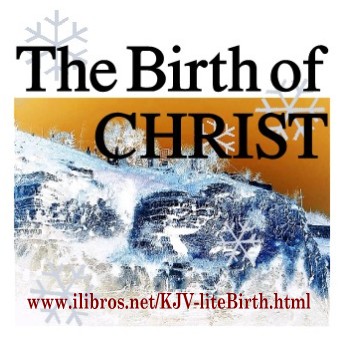

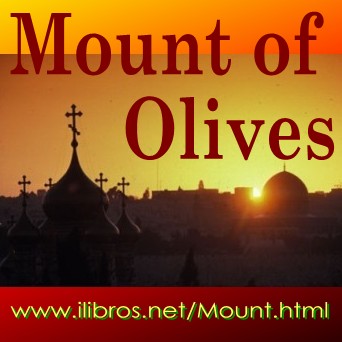




Copyright © 2005-2022 iLibros.net Internacional, all rights reserved. | |||||||||||||||||||||||||||||||||
SDG



 Moriah is the term applied to the region where Abraham offered Isaac (Gen. 22:2), and to the site of Solomon’s temple (2 Chron. 3:1). One of the more humorous challenges to this identification is because of its short distance from Beer-sheba. Those experts say that most people should be able to travel at least 30 miles a day on foot (have you tried it recently? I haven’t!!).
Moriah is the term applied to the region where Abraham offered Isaac (Gen. 22:2), and to the site of Solomon’s temple (2 Chron. 3:1). One of the more humorous challenges to this identification is because of its short distance from Beer-sheba. Those experts say that most people should be able to travel at least 30 miles a day on foot (have you tried it recently? I haven’t!!).
 In Dissertation II associated with the complete works of Josephus, the ancient Jewish historian… concerning God’s command to Abraham to offer up Isaac, his son, for a sacrifice, we read:
In Dissertation II associated with the complete works of Josephus, the ancient Jewish historian… concerning God’s command to Abraham to offer up Isaac, his son, for a sacrifice, we read:
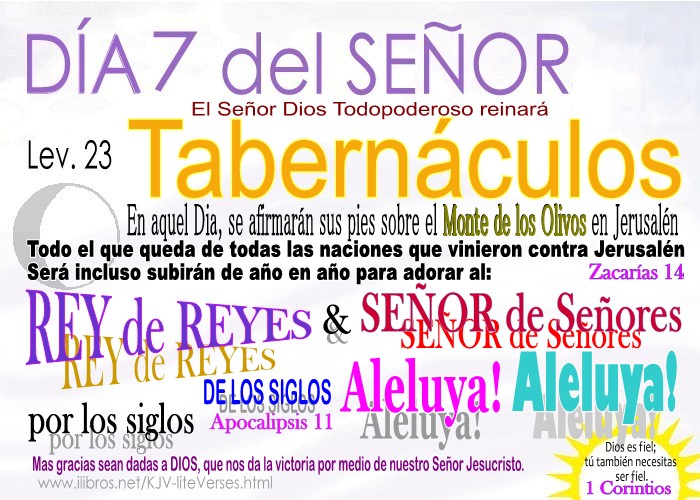 “Abraham, Abraham!—and he said, here am I:—and he said, Lay not thine hand upon the lad, neither do thou any thing unto him; for now I know that thou fearest God, seeing thou hast not withheld thy son, thine only son from me. And Abraham lifted up his eyes, and looked, and behold a ram caught in a thicket by his horns: and Abraham went and took the ram, and offered him up for a burnt-offering in the stead of his son.” (Gen. xxii. 11-13)
“Abraham, Abraham!—and he said, here am I:—and he said, Lay not thine hand upon the lad, neither do thou any thing unto him; for now I know that thou fearest God, seeing thou hast not withheld thy son, thine only son from me. And Abraham lifted up his eyes, and looked, and behold a ram caught in a thicket by his horns: and Abraham went and took the ram, and offered him up for a burnt-offering in the stead of his son.” (Gen. xxii. 11-13)

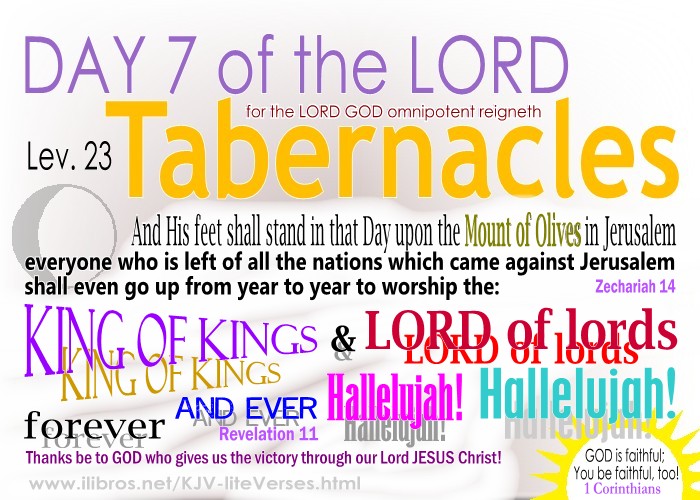
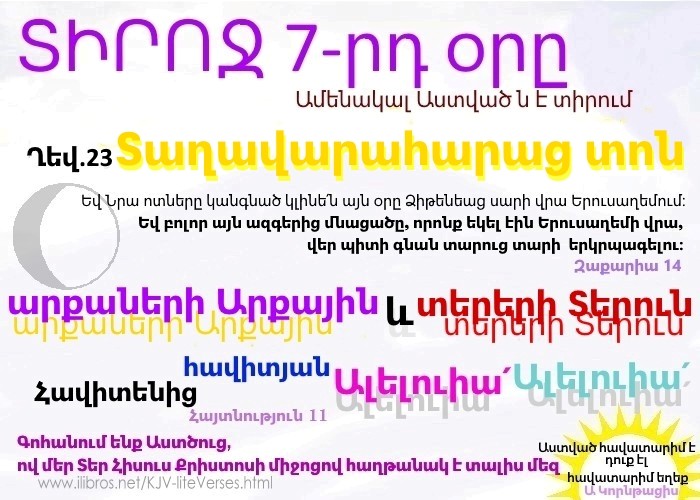
 And yet here in Wittenberg we have the pick on the crown, bread from the Last Supper, milk from the Virgin’s breast, a thorn that pierced Christ's brow on Calvary and 19,000 other bits of sacred bone - all authentic, ancient, sacred relics. Even Johann Tetzel himself, Inquisitor of Poland and Saxony, seller of indulgences extraordinary, connoisseur of relics, envies our collection. To possess them for a single night, he would willingly surrender 5 years of his earthly life... or 500 years in purgatory.”
And yet here in Wittenberg we have the pick on the crown, bread from the Last Supper, milk from the Virgin’s breast, a thorn that pierced Christ's brow on Calvary and 19,000 other bits of sacred bone - all authentic, ancient, sacred relics. Even Johann Tetzel himself, Inquisitor of Poland and Saxony, seller of indulgences extraordinary, connoisseur of relics, envies our collection. To possess them for a single night, he would willingly surrender 5 years of his earthly life... or 500 years in purgatory.”


